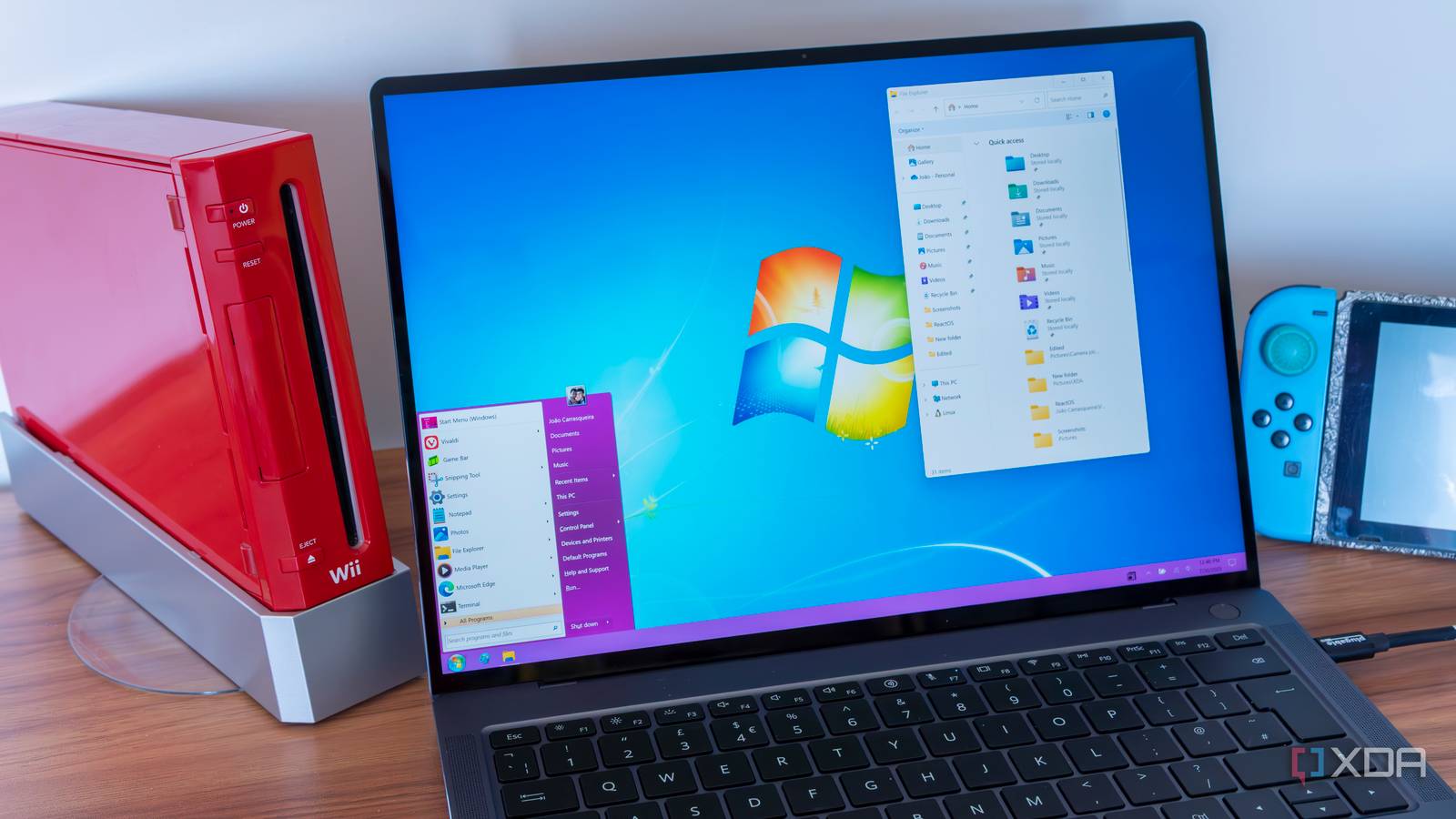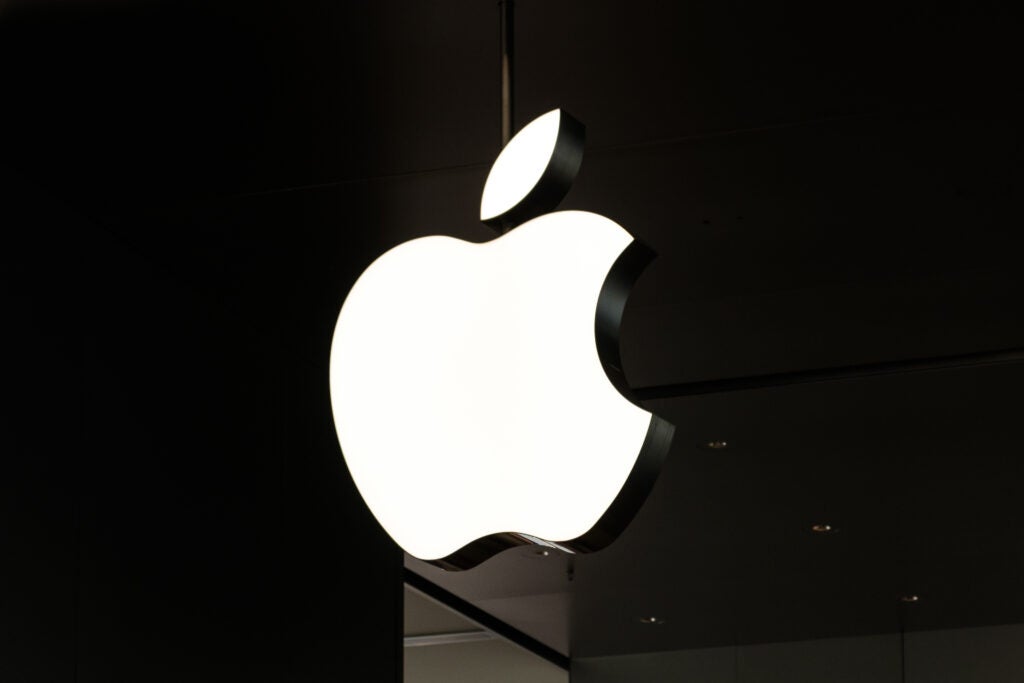No, your eyes are not deceiving you. For a limited time, Amazon has the iPhone 16 Pro, unlocked and all, listing at a $255 discount. That brings the flagship iPhone down to around $745, from its retail price of $1,000.
Is there a catch? When you’re buying outside of the Apple store, there almost always is. Fortunately, this one’s a little easier to shoulder: the discounted model is in “renewed” condition, a refurbish standard placed by Amazon that indicates that while the phone isn’t new and sealed, it has been “professionally inspected, tested, and cleaned by qualified suppliers.”
According to Amazon’s listing page, renewed phones have no visible cosmetic imperfections when held at arm’s length, meaning you likely won’t be able to tell if the device is new or refurbished. Renewed phones are also tested to have at least 80% battery capacity, though most of the devices I’ve tried and used typically hover between 95 to 100%.
Also: The best Labor Day deals live now
This offer, in particular, is for the base model of the iPhone 16 Pro. You’re getting 128GB of internal storage, an unlocked carrier state, meaning the device will work with most, if not all, US carriers like T-Mobile, AT&T, and Verizon, and either Desert Titanium or Black Titanium. (Other colors are available at a discount, but for a lesser amount.)
Now you may be asking: Why should I buy the iPhone 16 Pro when Apple is preparing to launch the iPhone 17 series in a week’s time? I generally advise consumers to wait it out, if they can. Unless you desperately need a new phone right now, it’s always better to see what Apple is offering with its latest devices and how much the older models will be discounted by then.
Also: Buy the iPhone 16 or wait for iPhone 17? Here’s how I help friends and family decide
However, if your current phone is damaged, cracked, or unable to function properly at the moment, this is one of the better deals on one of the best iPhones right now, and you can purchase it knowing that it’s backed by Amazon’s 90-day return or replacement policy.
How I rated this deal
The iPhone 16 Pro typically sells for $1,000, making this $255 discount a worthwhile deal for ZDNET readers. There are no carrier loopholes and private agreements that need to be made here; it’s an unlocked device that has a generous return window in case you’re not satisfied with the product. That all nets this a 3/5 rating, by ZDNET’s deal score standards.
When will this deal expire?
Deals are subject to sell out or expire anytime, though ZDNET remains committed to finding, sharing, and updating the best product deals for you to score the best savings. Our team of experts regularly checks in on the deals we share to ensure they are still live and obtainable. We’re sorry if you’ve missed out on this deal, but don’t fret — we’re constantly finding new chances to save and sharing them with you at ZDNET.com.
How do we rate deals at ZDNET?
We aim to deliver the most accurate advice to help you shop smarter. ZDNET offers 33 years of experience, 30 hands-on product reviewers, and 10,000 square feet of lab space to ensure we bring you the best of tech.
In 2025, we refined our approach to deals, developing a measurable system for sharing savings with readers like you. Our editor’s deal rating badges are affixed to most of our deal content, making it easy to interpret our expertise to help you make the best purchase decision.
At the core of this approach is a percentage-off-based system to classify savings offered on top-tech products, combined with a sliding-scale system based on our team members’ expertise and several factors like frequency, brand or product recognition, and more. The result? Hand-crafted deals chosen specifically for ZDNET readers like you, fully backed by our experts.
Also: How we rate deals at ZDNET in 2025
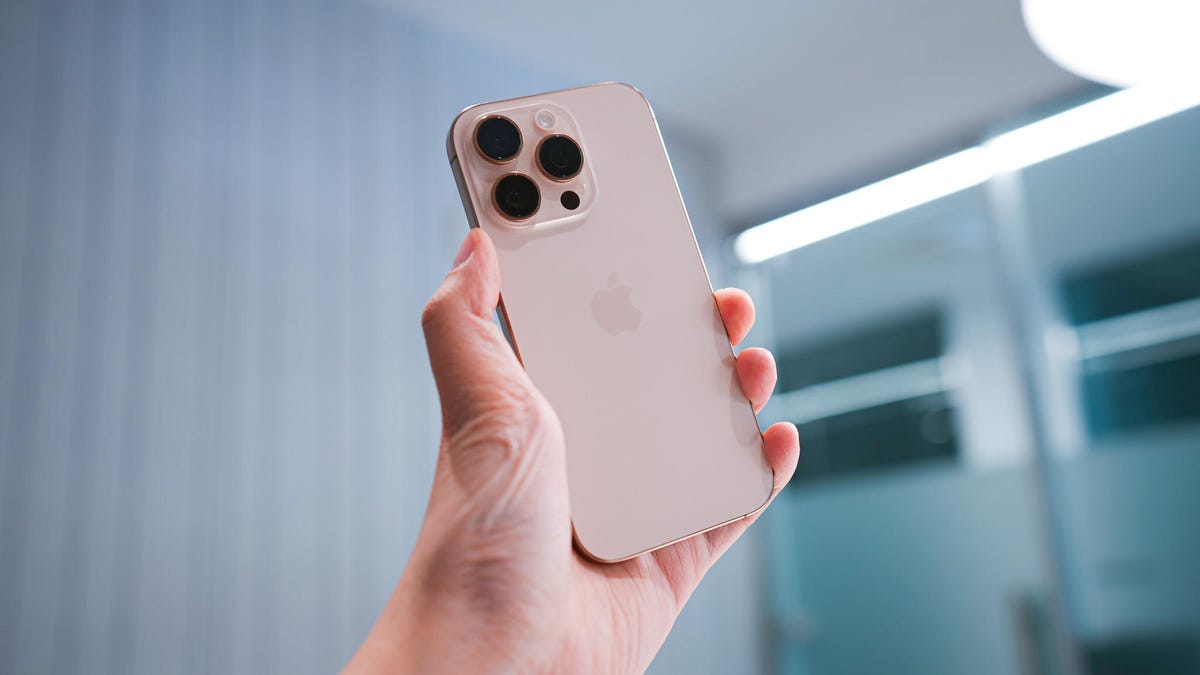







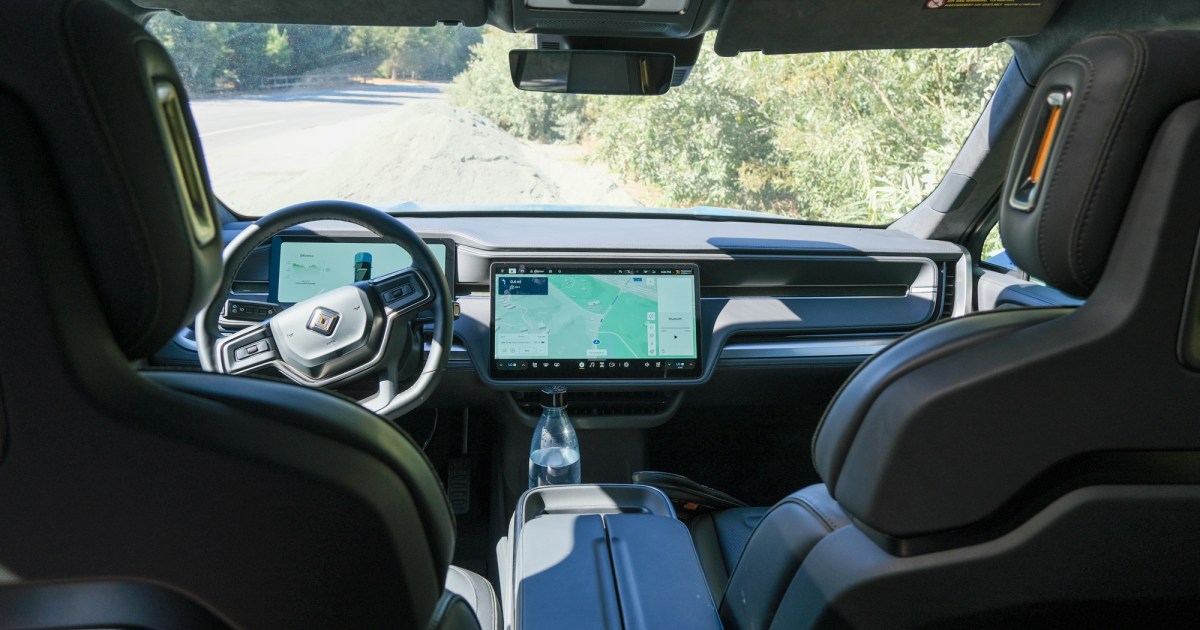
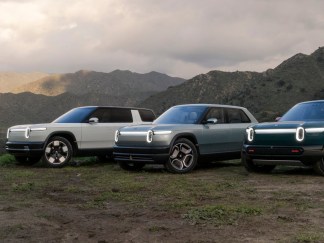 Rivian’s CarPlay support matters because it:
Rivian’s CarPlay support matters because it: